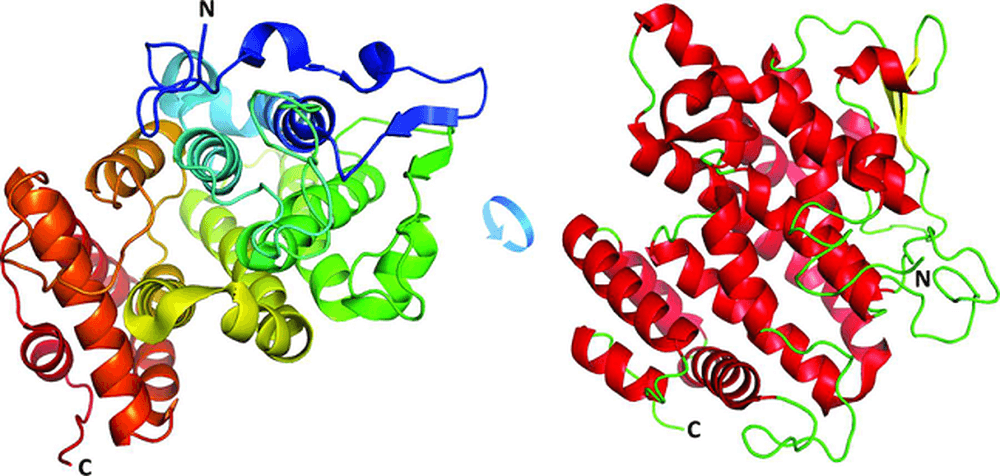
The platypus himself, unwittingly, became a direct participant in the breakthrough discovery that made scientists from the Australian State Association of scientific and applied research. It turned out that the milk of this animal contains unusual in its structure protein MLP, unlike the known types of stacking of the protein chain, which has a powerful antibacterial effect. Like protein to date have only been found in the milk of the platypus and echidna.
The platypus is a truly amazing creature. Just think: waterfowl mammal, is provided with a beak, like a bird, and a tail like a beaver, covered with fur and lay eggs. Among other things, platypus is a poisonous mammal, because his hind legs have a special Horny growths that emit a complex cocktail of poisons. These “spurs” platypus males use during mating duels with their rivals. The venom of the platypus is quite capable of killing a small animal like a Dingo. Looking at the platypus, could not help think that in nature everything is possible. However, the platypus in his body feels quite comfortable.
Perhaps it is the uniqueness of the platypus has allowed Australian scientists to make the discovery. The system of milk production platypus is very different from other mammals. While other animals feed their young with nipples, the platypus have no nipples there, and instead used practically invisible mammary glands located on the skin of the abdomen, where the young lick the milk eye-catching. Previously, scientists came to the conclusion that the milk of the platypus has a strong antibacterial effect, destroying several types of pathogens, including Staphylococcus aureus. But only now it became clear exactly how this happens.

For the antibacterial effect of milk of the platypus and the echidna is a protein MLP (Monotreme Lactation Protein). Australian scientists have identified a protein, and studied its structure using x-ray crystallography with a resolution of 1.82 angstroms. It turned out that MLP is a monomer from 12 alpha-helix with two small beta-layers. In other words, the three-dimensional structure of its styling doesn’t match any of the known to date. Researchers believe that this discovery will allow them to create effective antibiotics that will overcome the resistance of resistant bacteria, including staphylococci. The study was published in the journal of Structural Biology Communications.
Platypus will help scientists to create new antibiotics
Sergey Grey